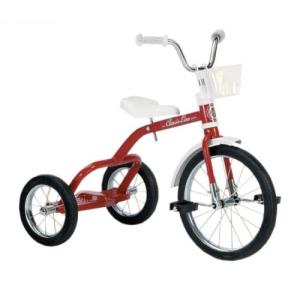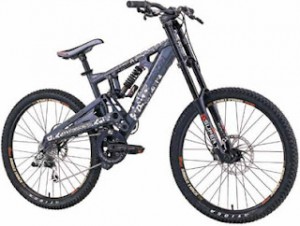Software product may fail: it can enter the market and get lost among the competitors. It may happen that the product will stay outside the main business and bring its 10 cents hardly paying back the maintenance efforts. It may also happen that the software will boost the market, killing the competitors by the burst wave and get a toehold in the tops.
In this series of articles I would like to cover 10 characteristics which, to my opinion, follow each successful software product whether it is Facebook, Kaspersky antivirus or Angry Birds.
Brief overview of previous series:
1. Your product is intended for specific people.
2. Your product helps people hit the target.
3. Your product solves a specific task.
4. Your product is very powerful but easy to learn.

I think it’s obvious that to work with the product effectively it is required to spend some time on learning it. New users will learn the product from scratch. Unfortunately, most people don’t like read manuals, so in many cases they will apply their experience to the product directly. Mostly, people expect to see something customary: conformity to the behavior of other products or some phenomena and processes of real life.
When creating the product, we often become so close with it that a product becomes a part of you and you become a part of a product. Actually, it’s wonderful and I will touch this subject in the last article of the series. From the other side, such attraction has a serious negative aspect. We start seeing the product from the point of view of professionals which have been working with it for many years and with the time we forget that new users learning the product decide “to stay or leave” during first hours or maybe even minutes of working with it.

As we remember, customers have a target they try to hit, and a set of tasks they hope to solve using our product. And if when working with the product they won’t be able to do at least some basic actions and won’t get “positive feedback” within shortest possible time, the chances to succeed for our product will be considerably lower. So, I deduced a principle that I try to follow when creating all our products: a user must have an ability to solve the easiest task in the most obvious way.
For example, since we create reporting components, in our products customers can create a simple report with their data in 3 mouse clicks.
At the same time, we cannot ignore the customers who work with the product for quite some time and whose tasks are not so simple and require detailed “tuning” of the system and advanced features. Such users are already quite loyal to spend some time for investigating the deepest sides of your product. And if your product fails to solve a customer’s task (and it is critical for him/her), it’s likely that your customer may find the solution with your competitors. That is why “features for advanced users” are equally important.

According to the Pareto principle, 80% of users will use 20% of application features (of course the principle and all its consequences are entirely empirical). It is these 20% which must be simplified as much as possible, while the rest 80% are not obligatory to be that simple.
For example, let’s consider one more Microsoft product – Power Point. It allows people with basic knowledge about text editing and images usage to crate simple presentations. From the other side, advanced users can have their whack of pleasure playing with different animation settings and navigation between the slides creating almost real cartoon movies.
Thus, any product can be conditionally divided into two layers: basic and advanced. Your new users will love your product for easiness in learning the basic layer and your loyal customers – for flexibility and power of the advanced one.
To be continued…
10 characteristics of a successful software product (characteristic #4: easy and powerful)
Mikhail Payson
June 29th, 2012
No Comments »